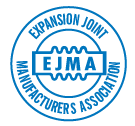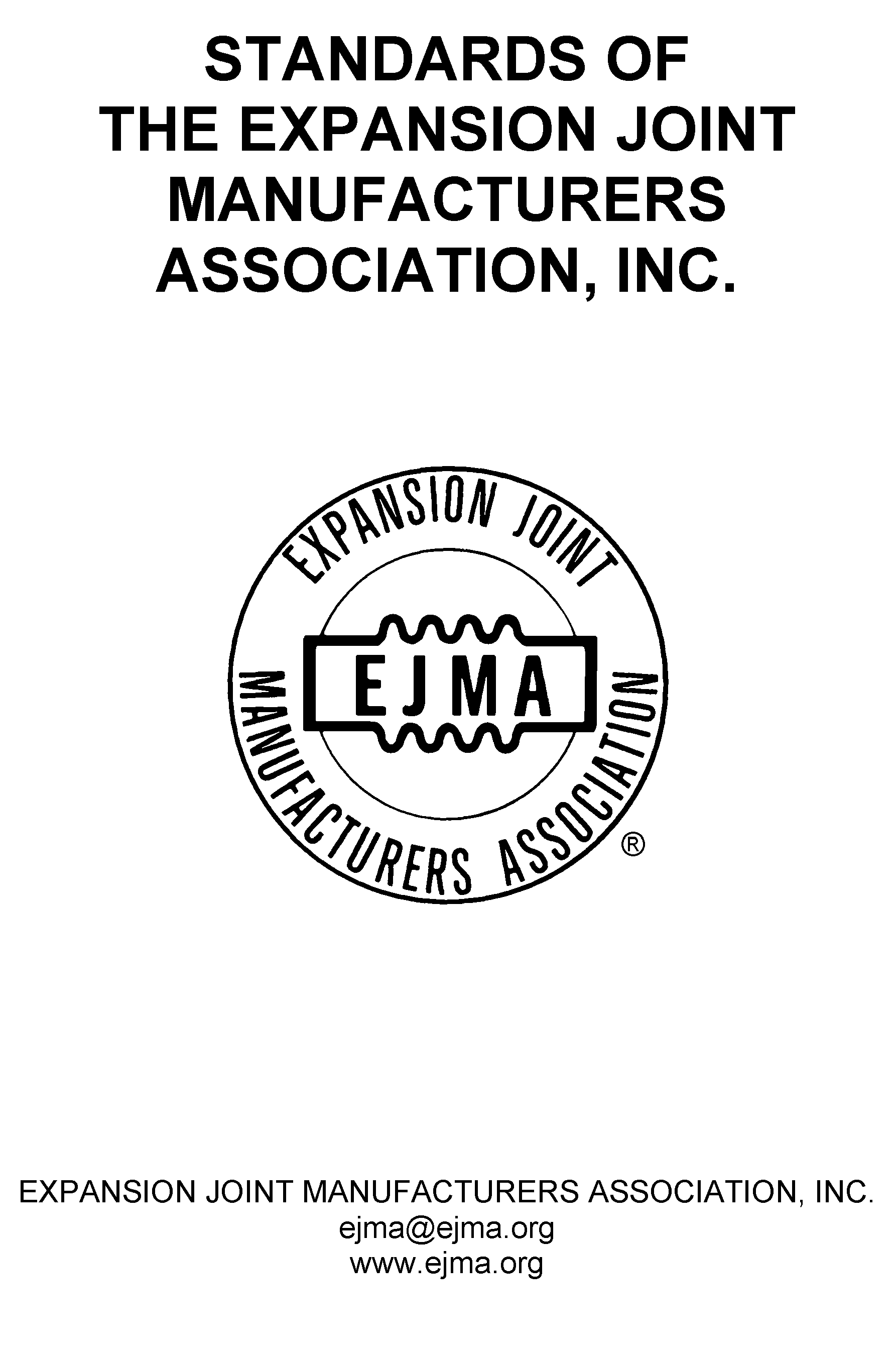Publications
EJMA 11th Edition!
Available as online subscriptionThe 11th Edition of the EJMA Standards
The EJMA Standards are recognized throughout the world as the authority on the proper selection and application of metallic bellows type expansion joints for safe and reliable piping and vessel installation. The Eleventh Edition standards combine the knowledge and experience of the leading manufacturers of expansion joints into an invaluable reference document.
EJMA’s Practical Guide to Expansion Joints, a pocket size primer based on the EJMA’s Standards, is intended to provide users with a basic understanding of expansion joints. It will also assist the user in communicating design requirements to the manufacturers and to properly install and maintain the expansion joint in service. (NOTE: This guide is not intended as a source for expansion joint design or application details.) The guide is sold separately.
Significant Changes in the Eleventh Edition:
- Available only as an online subscription, each EJMA subscription will have a local administrator who will manage the subscription(s) in a customer/company site. The local administrator may or may not have the primary subscription and can create secondary subscriptions. New subscribers should check within their organization before signing up as a local administrator.
- Updates and revisions to the Standards will be immediately available to all subscribers and documented for version referencing.
- The 11th Edition examples have been updated and are in development for interactive use.
- Other changes in EJMA Standards Version 11 include developments to numerous equations relating to multiple plies, pressure calculations, membrane stresses and temperature effects, latest best-practice standards to the manufacture of various bellows arrangements, updated tolerances, corrections and harmonization to latest ASME codes.



